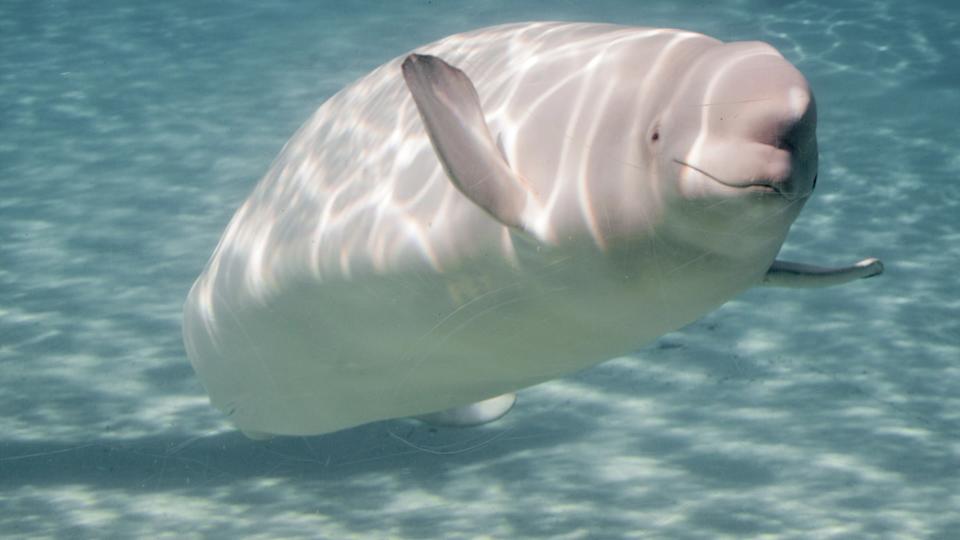If you tracked a whale across the open ocean, this is what you’d see: They travel thousands of miles, burn through blubber, and — in the form of pee — leave behind a trail of nutrients that helps entire ocean ecosystems survive. Turns out, these bathroom breaks are doing a lot more than relieving pressure.
A new study published in Nature Communications found that great whales — including humpbacks, grays, and right whales — are hauling thousands of tons of nitrogen from polar feeding zones to tropical waters every year, reported Popular Science. Along the way, they’re quietly fertilizing coral reefs and coastal ecosystems that would otherwise run low on essential nutrients.
Scientists have dubbed this process the “great whale pee funnel,” and it’s exactly what it sounds like: an ocean-wide transfer system that begins when whales bulk up in the Arctic and ends when they let loose in the tropics. The research team estimates they release over 4,000 tons of nitrogen annually, mostly in the form of urea-rich urine.
This new insight builds on a 2010 discovery known as the “whale pump,” a system in which whales feed in deep waters and then poop near the surface, pushing nutrients up toward plankton.
“But we soon realized that was only part of the story,” Joe Roman, a study co-author and conservation biologist at the University of Vermont, told Popular Science. “Baleen whales are ‘capital breeders,’ feeding for part of the year in high-latitude productive areas, such as Alaska, and having calves and nursing during the winter in areas like Hawaii, where [they] typically fast.”
While fasting, migrating whales burn through hundreds of pounds of fat each day. That metabolic breakdown results in large volumes of nitrogen-rich urine. Fin whales near Iceland, for example, can produce more than 250 gallons of pee daily, according to the Orkney Marine Mammal Research Initiative, compared to less than half a gallon for humans.
Watch now: Giant snails invading New York City?
All of that liquid gold ends up in the ocean, where it fuels the growth of algae, plankton, and coral, especially in places that struggle with nutrient shortages.
Humpbacks migrating from Antarctica to Costa Rica leak urea the entire way, connecting ecosystems thousands of miles apart. In all, whales move more than 45,000 tons of biomass per year, a staggering figure that rivals some of the ocean’s largest natural upwelling systems. In regions where they pass through, available nitrogen levels can more than double.
Before commercial whaling slashed global populations, these cross-hemisphere nutrient flows may have been up to three times greater. Rebuilding whale numbers, Roman believes, is about more than conservation, it’s about restoring a planetary system. “We often think of plants as the lungs of the planet,” he said. “Animals are the circulatory system.”
|
Do you think America is in a housing crisis? Click your choice to see results and speak your mind. |
Join our free newsletter for good news and useful tips, and don’t miss this cool list of easy ways to help yourself while helping the planet.
Yahoo News – Latest News & Headlines
Read the full article .


